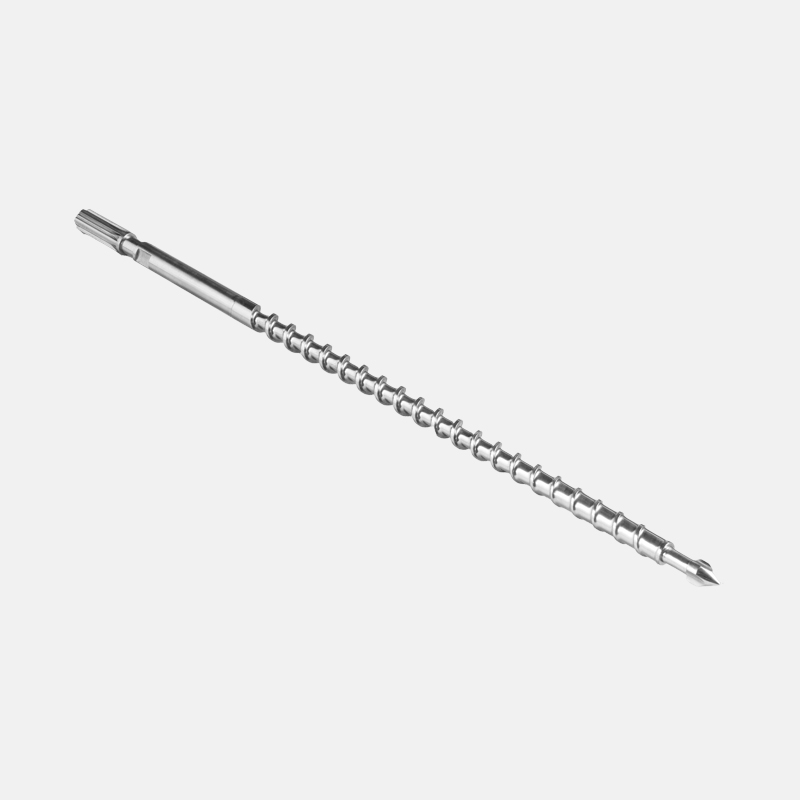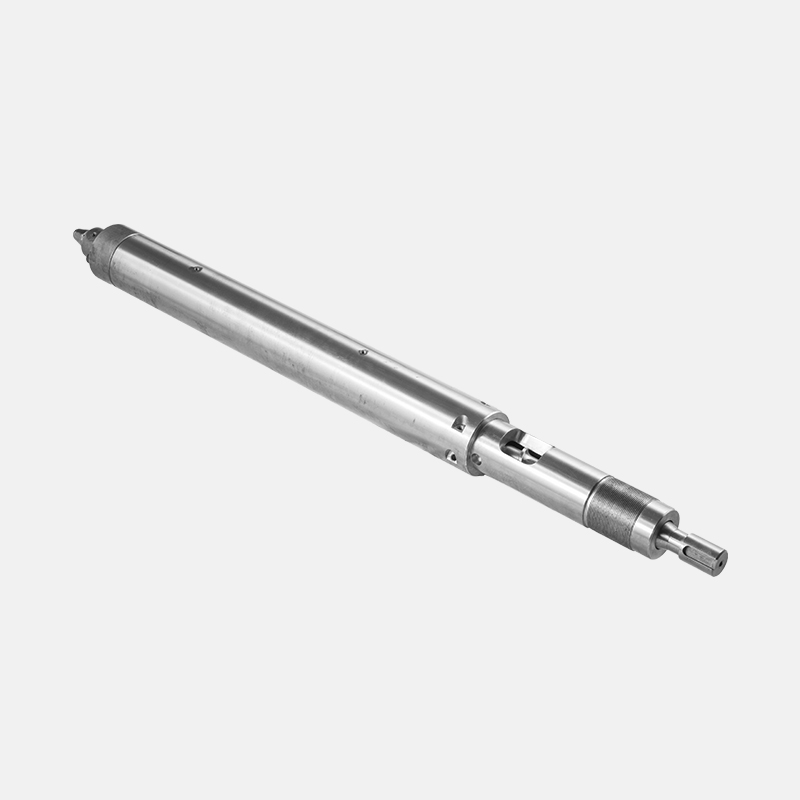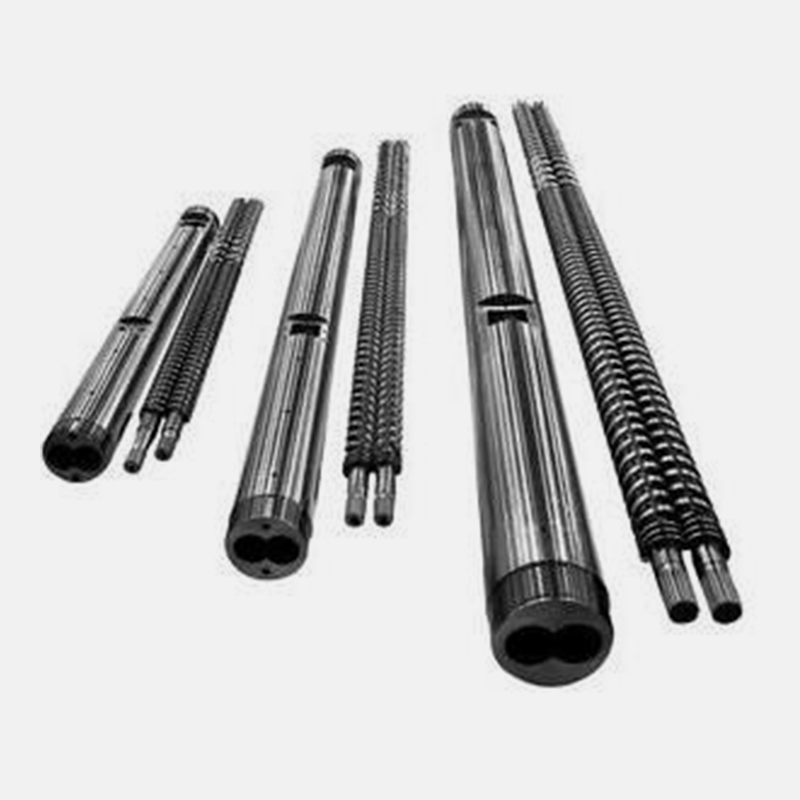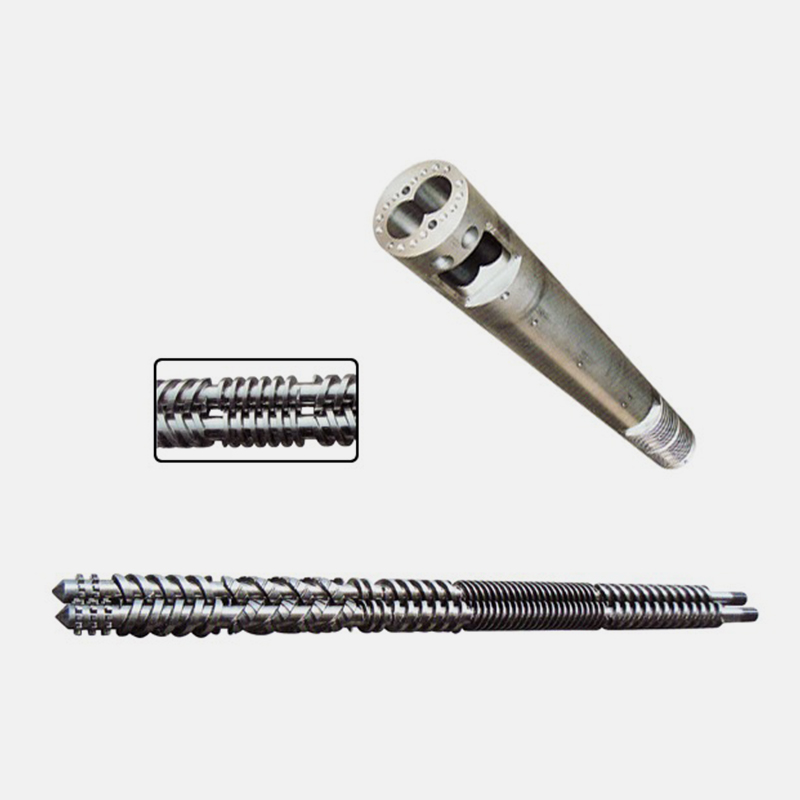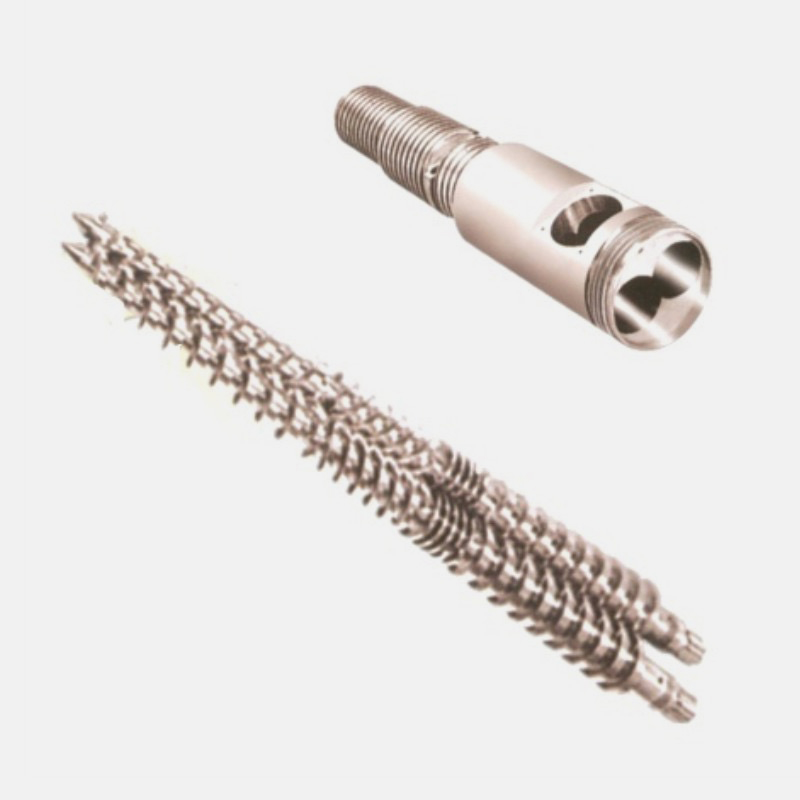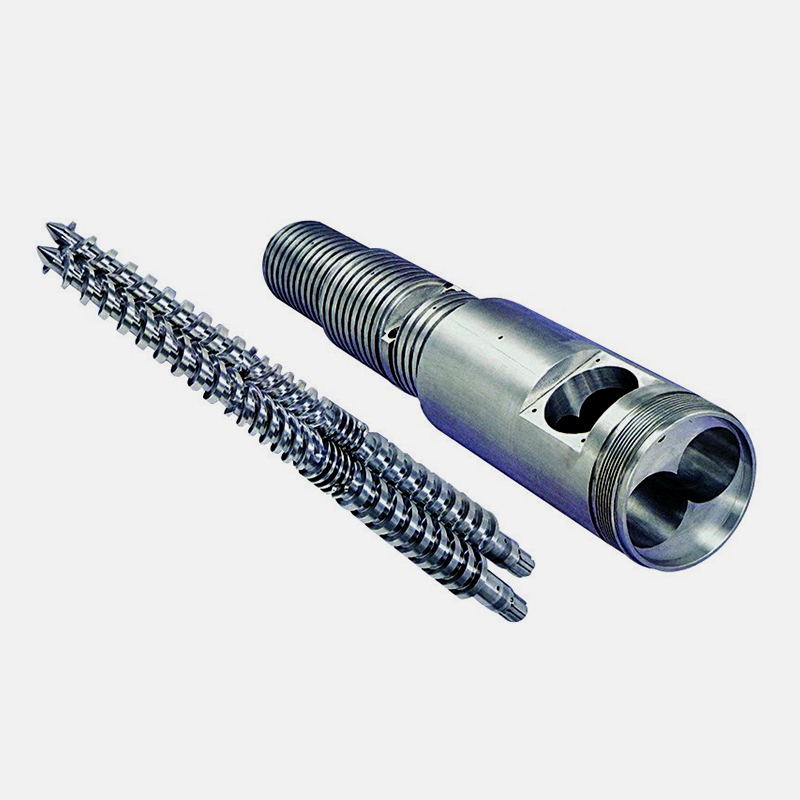The gap between the screw and the barrel of the injection molding machine is a parameter of the relationship between the screw and the barrel.
1. Factors considered in the gap selection area:
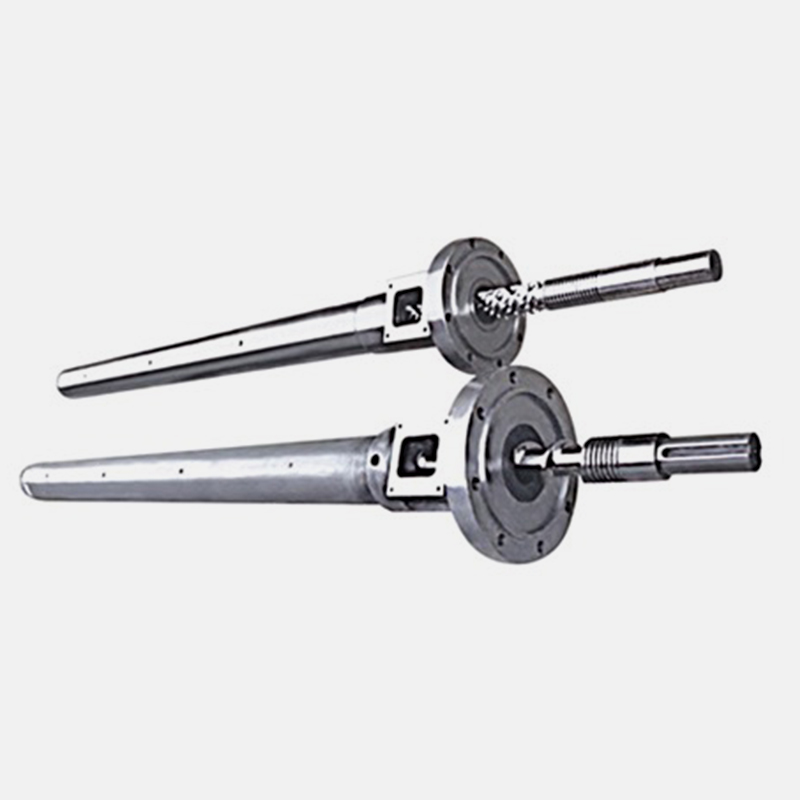
1) The nature of the processed material. (Such as heat-sensitive and non-heat-sensitive materials)
2) The resistance of the nose. The greater the resistance, the smaller the gap.
3) The material of the screw barrel and its heat treatment
4) Machining conditions
5) Choose the size of the screw diameter of the injection molding machine. Generally speaking, the larger the screw diameter, the larger the absolute value of δ should be selected, and the smaller the screw diameter, the smaller the absolute value of δ should be selected. The selection of the gap δ between the screw and the barrel is a comprehensive problem, which must be considered comprehensively in combination with various factors.
2. Select the diameter gap value of the extruder series in our country, which can be selected according to the situation.
δ=(0.003—0.005) D The larger diameter takes the smaller value, and the smaller diameter takes the larger value.
After the screw is repaired, what happens to the reinstallation chance? How to solve?
Repair and manufacture the barrel and screw assembly together. The most common quality problem is the friction between the screw and the surface of the inner hole of the barrel when the screw rotates. In severe cases, the screw cannot rotate in the barrel. The reasons for this quality problem can be analyzed and found from the following points:
1. The manufacturing accuracy of the barrel or screw is unqualified. It may be that the diameter and size of the inner hole of the barrel (or the outer circle of the screw) are poorly processed, or their straightness, out-of-roundness, or cylindricity does not meet the quality requirements. .
2. The center line of the slender screw or barrel is severely bent and deformed after machining or heat treatment.
2. The concentric error between the outer circle of the screw supporting shaft and the outer circle of the threaded part is too large.
3. The verticality of the connecting end face of the barrel and the base or the centerline of the flange end face and the barrel hole fails to meet the quality requirements, and there is no guarantee that they are perpendicular to each other, resulting in poor coaxiality between the screw and the barrel, and there is an angle, which makes the screw Difficulty turning.

 English
English 简体中文
简体中文 España
España عربى
عربى

